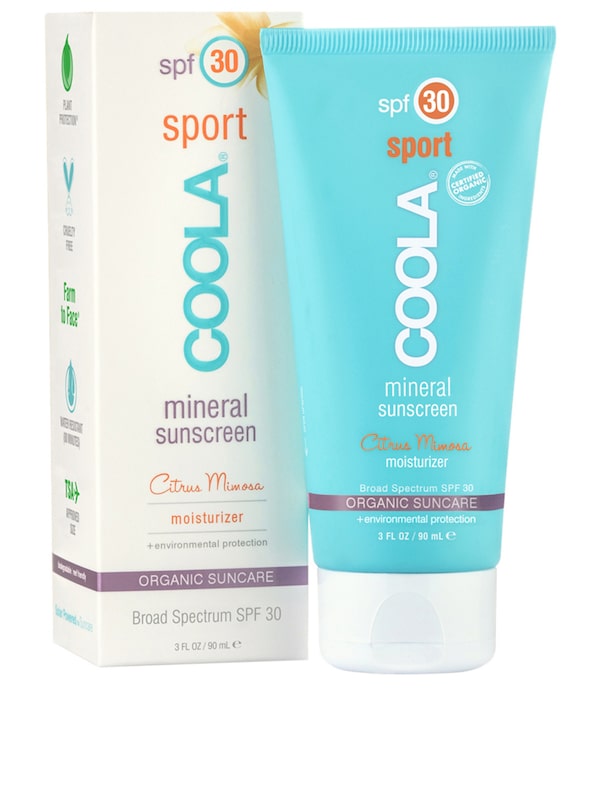Swimming above a coral reef is one of life’s greatest delights. Over the years, I’ve been fortunate enough to snorkel reefs in Australia, Cozumel, Curacao and the Caymans. It wasn’t until a trip to Hawaii in 2018, however, that I first learned of the damage my sun protection was causing to underwater wildlife. That July, the Aloha State became the first in the United States to ban the sale of sunscreens containing oxybenzone and octinoxate, two common sunscreen ingredients that have been shown to harm aquatic life. According to Oceanea, the largest international organization focused solely on ocean conservation, certain ingredients in sunscreen can react with sun and seawater to form compounds, such as hydrogen peroxide, that are potentially hazardous to ocean ecosystems including coral reefs.
To remedy this environmental hazard, brands are creating reef-safer formulas. It’s a much-needed improvement, but in high enough quantities, even this type of sunscreen may still affect aquatic life. In addition to switching to a reef-safe sunscreen formula, try reducing your overall need for sunscreen by covering up in clothing with a built-in ultraviolet protection factor. You’ll be bringing far less chemicals into the water and still be safe from sunburns.

Courtesy of manufacturer
Coola Sport SPF 30 Mineral Sunscreen, $48 at Holt Renfrew.
Visit tgam.ca/newsletters to sign up for the weekly Style newsletter, your guide to fashion, design, entertaining, shopping and living well. And follow us on Instagram @globestyle.